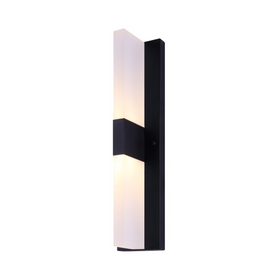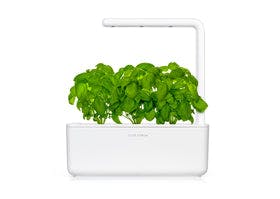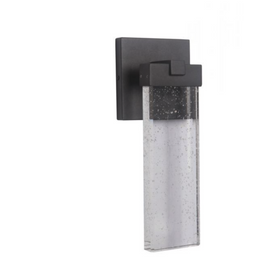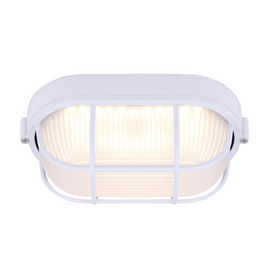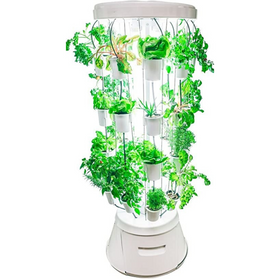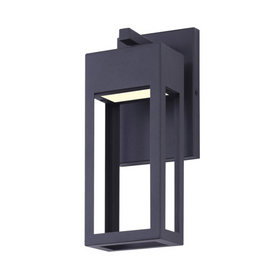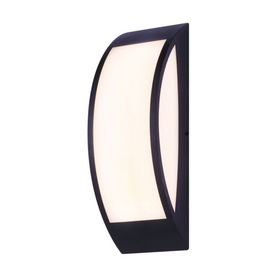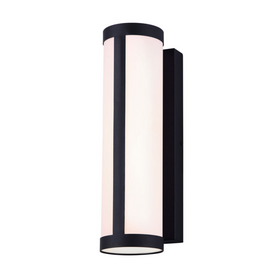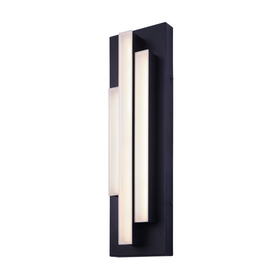
Lawn Care Without Chemicals
Last Updated: Apr 13, 2025It's springtime, and that means lawns are starting to green up. Before the drone of lawnmowers and the smell of fresh-cut grass fill the air, it's time to get your spring lawn care regimen underway. Last week, Stephen Collette provided tips for a healthy lawn. Below, we go into more detail about the actual products applied to keep your lawn green and weed-free, without harming your kids, dogs, or the earth.
What regimen will it be? A trip to your local landscaping store or signing up with a traditional lawn care service may end in a surplus of mysteriously named chemicals applied to your lawn (2,4-D, pendimethalin, MCPP, and mesotrione, for a few examples).
With warnings to keep children and pets away from treated areas for as long as several days, have you ever wondered what these products are and why there are warnings? Some of these chemicals have been linked to endocrine disorders, non-Hodgkins lymphoma, and even bladder cancer in dogs. But that's not all. According to Extoxnet, a pesticide information project of Cooperative Extension Offices of Cornell University, Michigan State University, Oregon State University, and the University of California at Davis, "pendimethalin is highly toxic to fish and aquatic invertebrates." The study also adds that "Runoff from treated areas may be hazardous to aquatic organisms in neighboring bodies of water." While homeowners and lawn care specialists may not intend for herbicides to end up in the neighboring waters, water is a universal solvent. That means that when it rains, water takes with it all of the residues from streets, buildings, and lawns and carries it into our lakes, rivers, and streams - affecting our bodies of water.
Isn't there a better way?
Safe to Play On
Yes, there is, says John Coatta, who is also quick to point out that research suggests that signs should read 'Keep kids and pets off for 7 to 10 days." Coatta also reminds us that dogs who have chemicals on their paws can then bring those chemicals inside onto rugs, sofas, and even children's beds.
Coatta is the owner of Green Core Organics, an organic lawn care company located in Minnetonka, Minnesota and serving the Twin Cities metropolitan area. After many years of coaching football and golf and seeing the number of chemicals used to maintain golf courses, Coatta and a friend started Green Core Organics as a safer, environmentally friendly alternative to chemical treatments. Now Coatta and partner Jordan Krulik, whose expertise is in biology, run Green Core Organics together.
The main difference between standard lawn-care and organic lawn-care is the sign that would go up after treatment. Have you ever seen those lawn signs: "Keep children and pets off"? Why would anyone want a yard that is not safe for children and pets? What you want is a sign that says, "Safe to Play On."
Safe Treatment
To learn more about what products are safe to apply on lawns, we looked to Green Core Organics since they have years of expertise in this arena. To treat pre-emergent weeds like crabgrass, they use granular corn gluten, not the pendimethalin found in Scott's Turf Builder. Another early-season granular application might be soybean meal. Together with corn gluten, these two products supply the proteins and amino acids needed to "grow and green up your lawn," says Coatta.
A third component critical to a robust lawn food program is something you may not have heard of before: "compost tea," an organic blend of beneficial proteins and microbes, fungi, bacteria, protozoa, kelp, humates, and vital minerals. "These microbes break down organic matter like leaves and grass clippings into things the soil uses to feed the grass," explains Coatta. Using and fostering microbes' growth in the soil says Coatta, Green Core Organics' approach to a healthy lawn becomes much more sustainable. By contrast, he says, some chemical lawn care companies use products that kill the soil's natural microbes.
Table of Contents
- Aeration and Over Seeding
- Customizing your lawn food program
- Does organic measure up?

A final element in a healthy lawn food program is iron. "We came upon this through trial and error," says Coatta. They found that when mixed with fertilizer, iron will cause many broadleaf weeds (including dandelions) to dehydrate and blacken. After a second iron treatment within 21 to 28 days, broadleaf weeds can be eliminated without harming the grass or soil.
Aeration and Over Seeding
"You want your lawn to be as thick as possible," says Coatta. "As soon as you have open space from, say, removal of a dandelion, another weed is going to move in quickly."

For this and other reasons, core aeration followed by over-seeding—planting new grass seed to fill in areas of thinning, diseased or insect-infested turf—is recommended. "New seeds are retained at a rate of 80% after aeration, versus about 15% without aerating," says Coatta.
Coatta recommends homeowners raise their lawnmower blades in a similar vein to allow for a longer cut: 3-1/4 to 3-1/2 inches for newly mown grass. "When you cut at 3-1/2 inches, the surrounding grass crowds out sunlight for weeds trying to get a foothold," says Coatta. And never cut with dull lawn mower blades, he adds. Get them sharpened at least twice a year.
Customizing your lawn food program
Not all lawns are the same—so they are not treated the same way. For example, to figure out a new client's cost, an estimate of a season's lawn care service is prepared based on the square footage of your property (assessed via Google maps). Once they've evaluated your lawn, Green Core Organics develops a custom organic lawn care program specific to its needs-based variations in soil conditions, sun, watering schedule, etc. That regimen may change throughout the season depending on factors like weather or problems unique to your lawn's specific conditions, says Coatta. "If by chance," he adds, "we're working with a client and not getting desired results, we may take a soil sample to the University of Minnesota soil Lab for additional information."
Does organic measure up?
And what about your lawn's overall look? Can organic lawn treatment produce as beautiful and green a lawn as standard chemical lawn treatment?
"Absolutely," says Coatta. "We definitely can grow grass, as well as a chemical company, can. It may take a little while—remember, we are often reversing damage from harsh chemical treatments. And at the beginning, it will likely be more expensive." Once more of the sustainable aspects of an organic lawn come to be, the number of seasonal treatments can go down, and the price can, too.
Evaluating prices is not always an apples-to-apples comparison, as there are differences in both the products applied and the number of visits. Organic lawn care is often more expensive in the beginning because it requires more visits. So is a 10%-20% price premium on a few hundred dollars per year worth it? For a beautiful green yard that does not harm your family's health or your community's waters, we think so.
So if you take care of your lawn, leave the chemicals alone and try out a seasonal treatment based on the safe treatment recommendations above. If you have a lawn care company, ask them about alternatives to harmful chemicals.
Donna Pols Trump
Donna Pols Trump’s work has been published in literary magazines and online. She has received several Pushcart Prize nominations. Donna’s education includes degrees in Biology and Physical Therapy and a host of writing classes taken and taught at The Loft Literary Center in Minneapolis. Her short story “Portage” was selected by judge Anne Tyler for first prize in a 2018 contest sponsored by december magazine.


